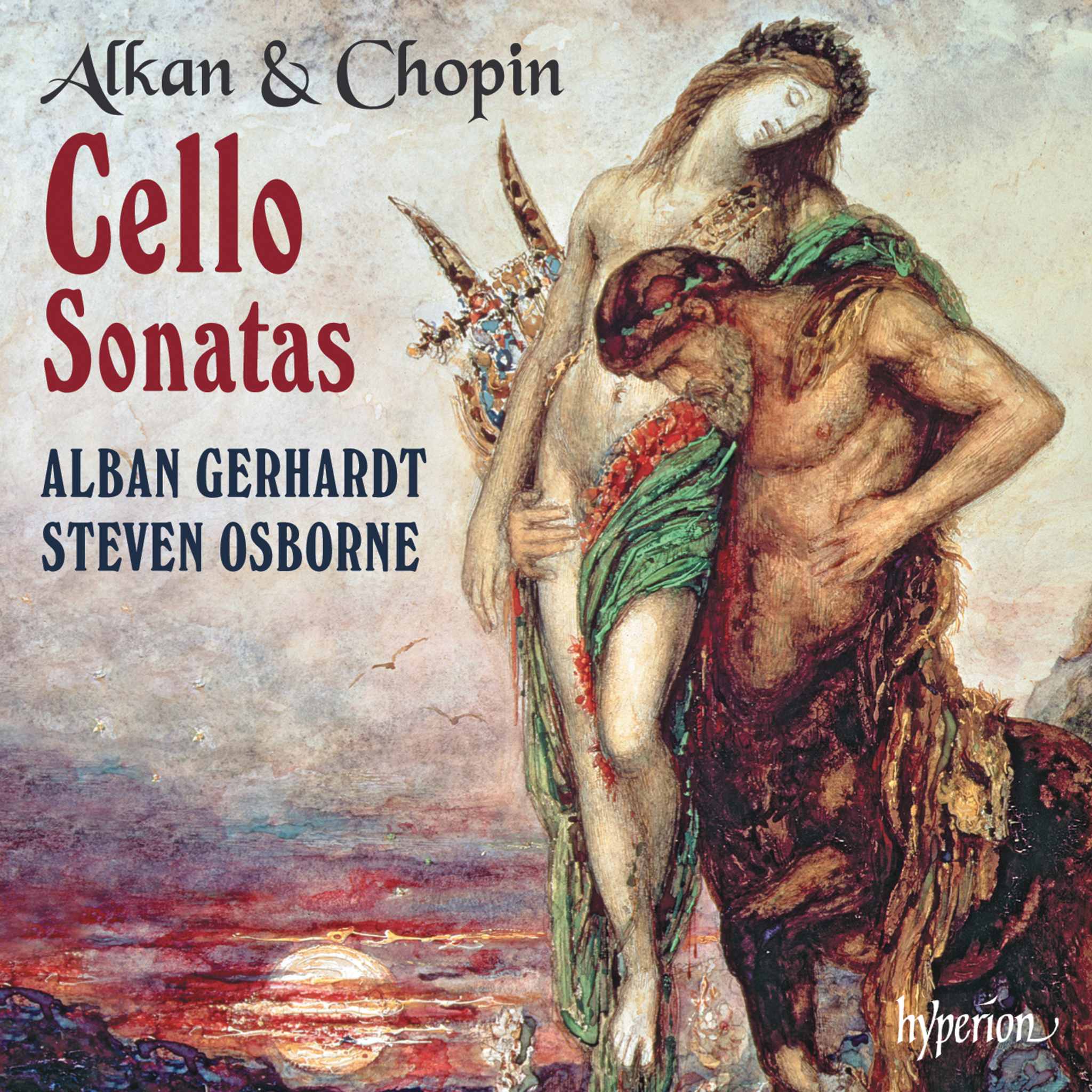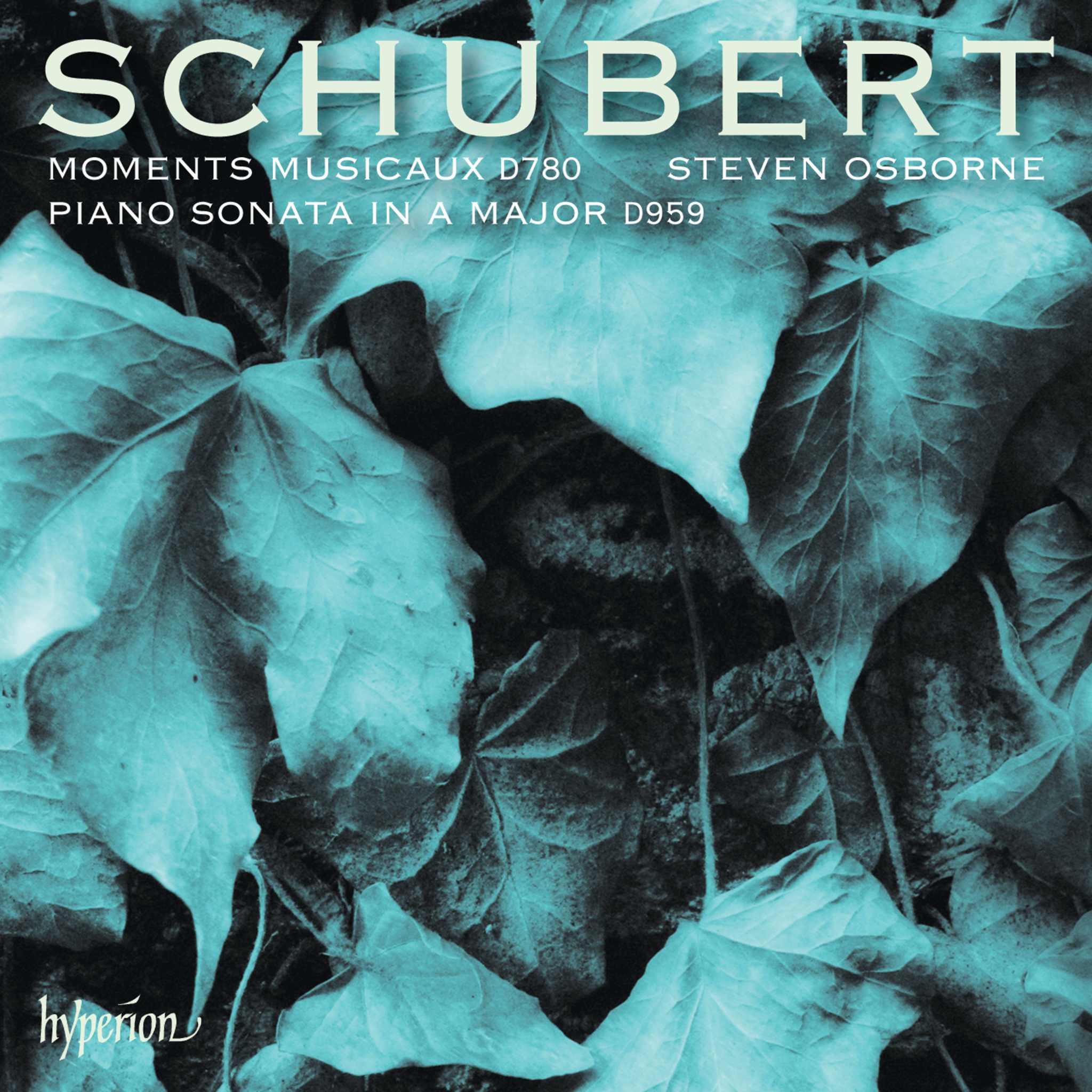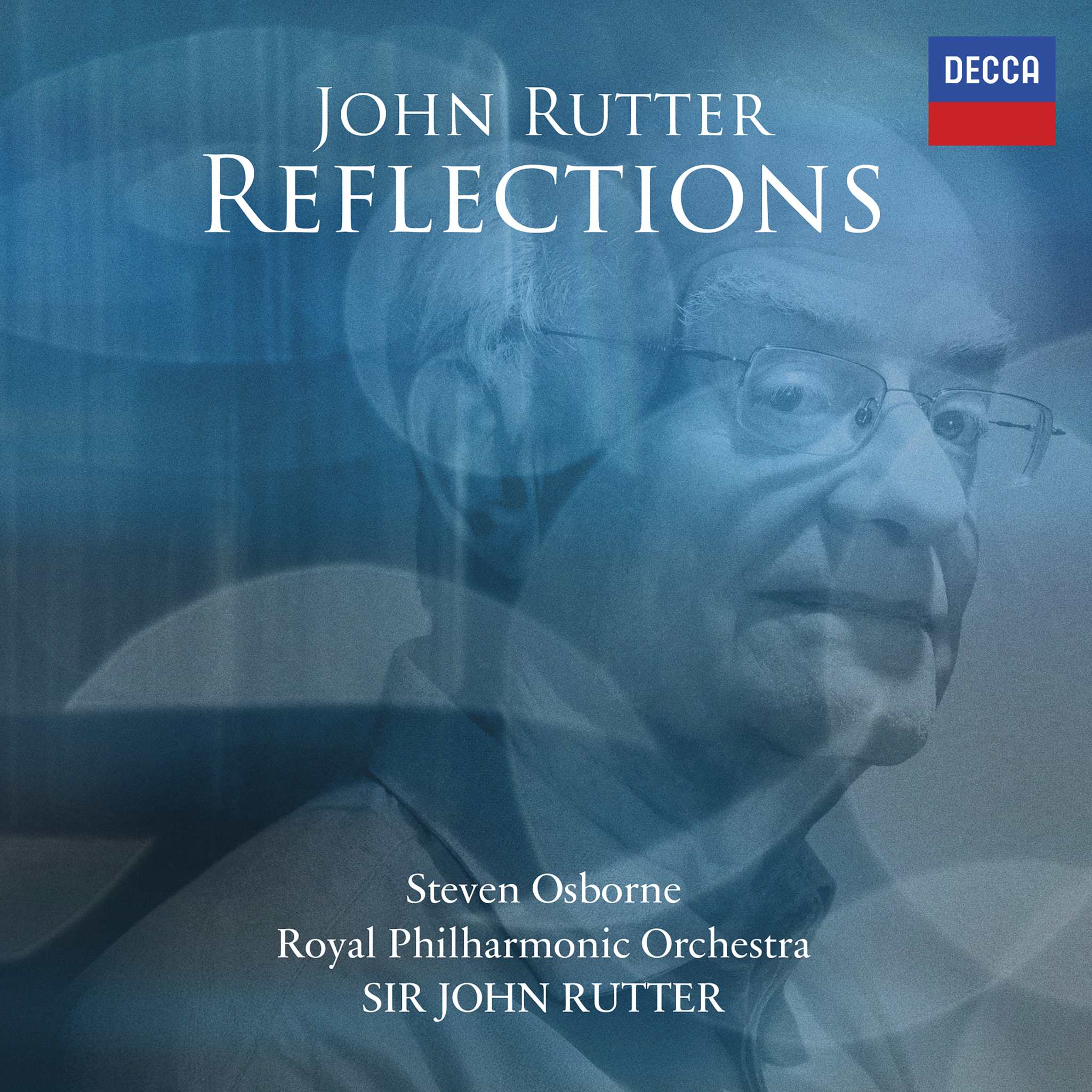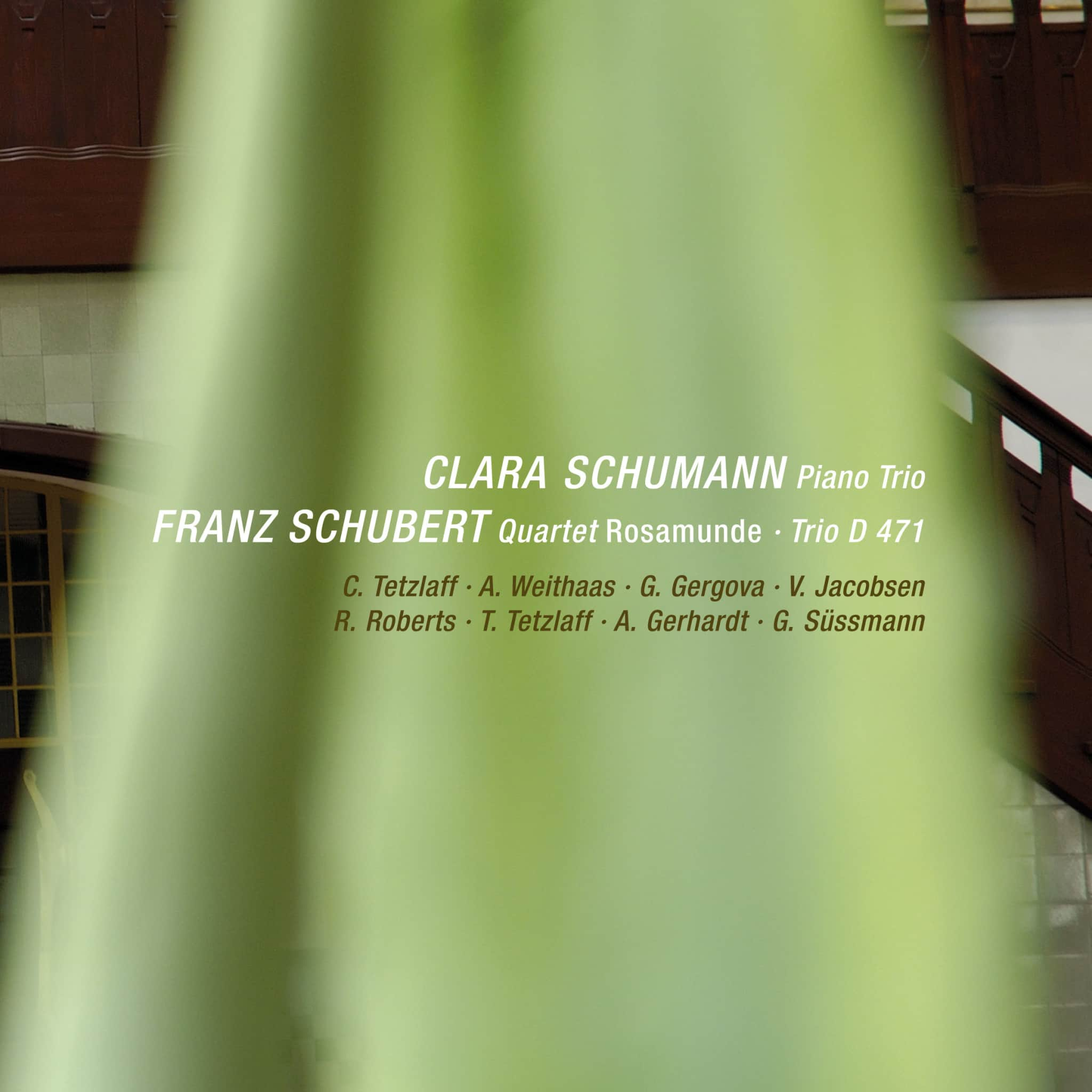Album insights
In the late 1730s, after a recovery stay in Aachen, Handel sailed back to England, returning to a city where his once popular operas had been abandoned. The opera season of 1738 was dominated by the sensational success of John Rich's Dragon of Wantley, setting the stage for 25 more seasons where Handel would no longer play a central role. Rich's production broke records with 69 performances, overshadowing not only the ambitions of the Italian opera tradition, personified in England by Handel, but also Handel's own opera Giustino previously premiered at the same theater, Covent Garden.
Realizing the London audience's resistance to his operatic style in 1738, Handel resolved to shift his focus to composing oratorios instead. Renting larger theaters annually between January and Easter, he presented new oratorios (completing 19 from 1738 until his death) and revisited older ones. Handel foresaw adapting oratorio elements to suit the London audience's taste years before. In 1732, he revived two masques for theater, Acis and Galatea and Esther, originally performed at Canons, the country estate of his patron, the Duke of Chandos.
One key element lacked in oratorios - the opportunity for individual virtuosity. In Italian operas, castrati singers showcased astonishing vocal techniques, but in oratorios, castrati had no place. Handel, renowned for his organ playing prowess and known as the greatest organist of his time, revolutionized the organ concerto genre, incorporating dialogue between the organ and orchestra, making them more alluring than the oratorios themselves. Handel's distinctive improvisations and engaging performances captivated audiences.
During performances, despite being at the organ for the entire oratorio or concert, another keyboard instrument was needed for the basso continuo, typically a harpsichord. Exceptions arose, like Op. 4 No. 6, where the harpsichord was replaced by an archlute. Occasionally, multiple keyboard instruments were required, enabling a single player to manage both organ and harpsichord via a split keyboard. Handel tailored his organ concertos for English instruments with a softer, sweeter tone compared to the robust German organs favored by Bach.
Around 1739, Handel began incorporating dynamic elements into his organ compositions and adapting to a two-manual organ for these pieces. The Lincoln's Inn Fields organ acquired a pedal keyboard circa 1740 for Op. 7 No. 1. St. Lawrence Church's organ, near Canons, underwent restoration in 1994, maintaining its authenticity for performances. The first six organ concertos, known as Op. 4, were published by John Walsh in 1738.
Handel's legacy extended posthumously in Walsh's subsequent releases: a second concert series designed for harpsichord or organ, and a third series published in 1761, following Handel's death. Utilizing original works and transcriptions, these compositions aimed to captivate audiences with the grandeur of the organ and uplift the spirit of music enthusiasts.










